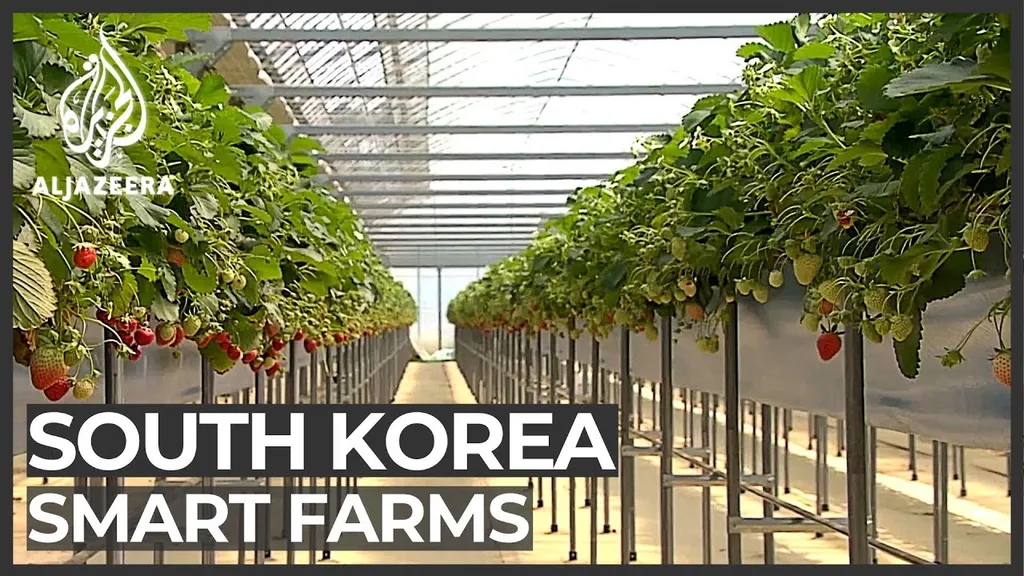In the heart of South Korea, a groundbreaking development is taking root, promising to revolutionize the way we monitor and manage cotton crops. Sabina Umirzakova, a researcher from the Department of Computer Engineering at Gachon University, has led a team that has developed a novel AI model named Cotton Multitask Learning (CMTL). This transformer-driven framework is set to transform precision agriculture by tackling three critical aspects of cotton farming simultaneously: boll detection, pest damage segmentation, and phenological stage classification, all from UAV (unmanned aerial vehicle) imagery.
The cotton industry, a significant player in the global agricultural sector, has long grappled with challenges in yield estimation, pest management, and growth phase diagnostics. Traditional methods often involve separate processes, which can be time-consuming and less efficient. CMTL, however, integrates these tasks into a single, streamlined workflow. “Our model doesn’t just perform these tasks; it learns from them, enhancing its accuracy and efficiency over time,” Umirzakova explains.
At the heart of CMTL lies the Cross-Level Multi-Granular Encoder (CLMGE) and the Multitask Self-Distilled Attention Fusion (MSDAF) module. These components enable the model to learn from and adapt to the unique characteristics of each task while fostering mutual learning across tasks. The model also incorporates a biologically guided Stage Consistency Loss, ensuring that the growth stage transitions it predicts align with real-world biological processes.
The team tested CMTL on a diverse dataset of over 2100 labeled UAV images, representing various crop stages and conditions. The results were impressive, with CMTL outperforming state-of-the-art baselines in all tasks. It achieved a mean Average Precision (mAP) of 0.913 for boll detection, an Intersection over Union (IoU) of 0.832 for pest segmentation, and an accuracy of 0.936 for growth stage classification. Moreover, its speed and efficiency make it ideal for deployment on edge devices like the NVIDIA Jetson Xavier NX.
The implications of this research are far-reaching. For the cotton industry, CMTL offers a powerful tool for precision agriculture, enabling farmers to make data-driven decisions that can enhance yield and reduce losses due to pests. As Umirzakova puts it, “CMTL is more than just a model; it’s a step towards sustainable and intelligent cotton farming.”
Beyond cotton, the principles underlying CMTL could be applied to other crops, paving the way for a new era of aerial crop intelligence. This could lead to significant advancements in the energy sector, particularly in bioenergy, where crops are a vital source of renewable energy.
The research was recently published in the journal *Drones* (translated from Korean as “무인비행장치”), a testament to its innovative approach and potential impact. As we look to the future, CMTL stands as a beacon of progress in the field of agritech, promising to reshape the way we approach crop monitoring and management.

